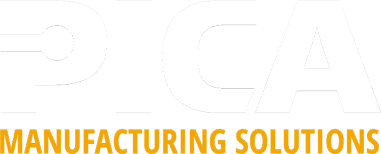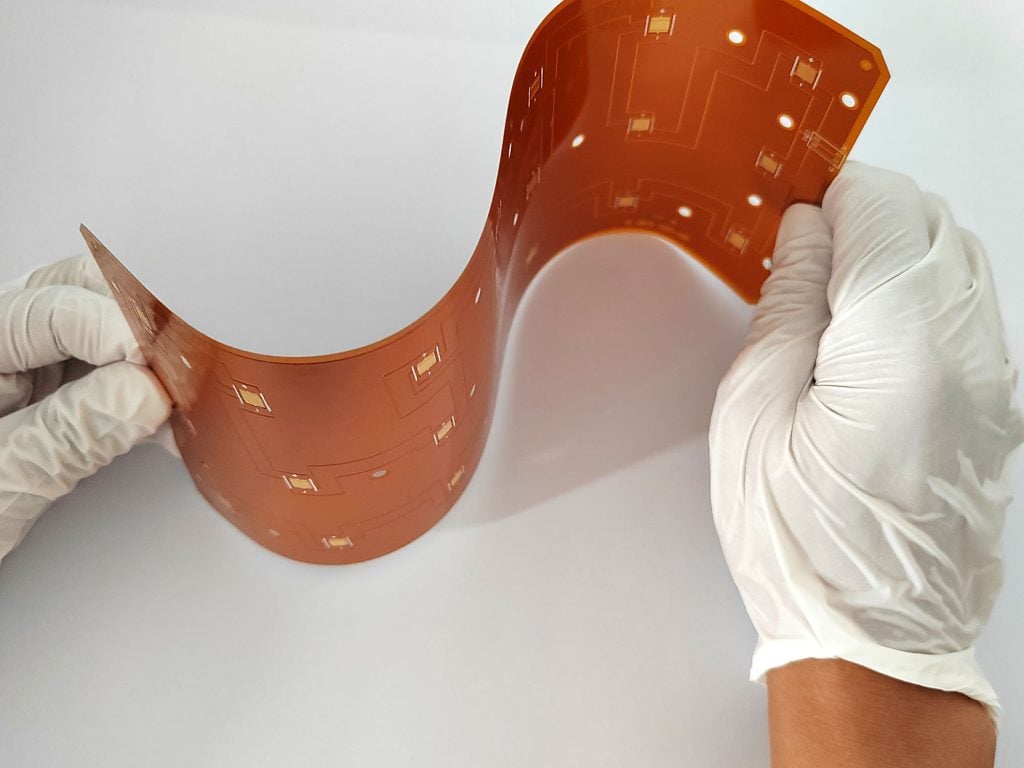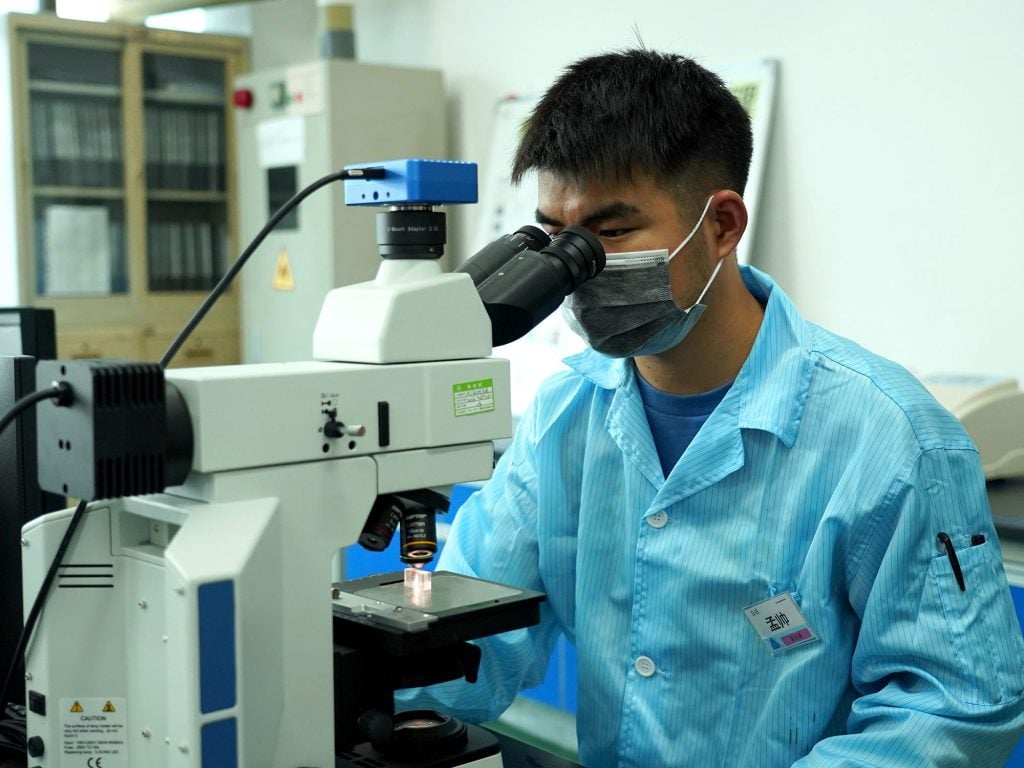Thermal Management Solutions for PCBs & Flex Circuits
Keep Your Electronics Cool, Compact & Reliable
Effective thermal management is no longer optional — it’s essential. At PICA, we offer engineered thermal solutions including metal-clad boards, copper inlays, thermal via arrays and embedded heat-spreading options to help your designs maintain safe operating temperatures, deliver consistent performance and extend product life.
Why Choose Thermal Management Solutions?
- Superior Heat Dissipation – Metal-core PCBs and copper inlays shunt heat away from high-power components, maintaining cooler junctions.
- Compact Designs with Large Thermal Loads – Thermal vias, copper planes and embedded spreaders allow reduced heatsink size or elimination altogether.
- Improved Reliability & Life-Cycle – Lower operating temperatures reduce solder fatigue, delamination and signal drift over time.
- Design Flexibility Across Form Factors – Whether rigid, flex or rigid-flex, our thermal strategies adapt to space-constrained devices and high-power modules.
- Early Design Collaboration – We engage in thermal routing, via-in-pad strategies, and material selection early to hit performance and manufacturability targets.
Thermal Management Capabilities – Highlights
- Metal-clad boards with aluminum or copper core, achieving thermal conductivities up to ~122 W/m·K.
- Dense thermal via arrays and copper inlays that channel heat vertically and laterally through the board.
- Embedded copper planes, thermal spreads and heat-pipe / graphite layer options for advanced flex/rigid-flex builds.
- High-Tg laminates and substrates designed to support elevated temperature environments and repeated thermal cycling.
- Engineering support for thermal stack-up optimization, Hot-Spot mitigation, component placement guidance and full DFM review.
- Prototyping to volume manufacturing, across U.S. and Malaysia production facilities — ensuring scalability and global support.
Global Design & Manufacturing Support
PICA provides end-to-end thermal management solutions — from early concept and stack-up definition through prototyping and volume production. We partner with your design team on thermal simulation, material selection, layout of thermal vias/copper inlays, and manufacturability review. By integrating thermal strategy early, you can avoid costly redesigns, improve yield and accelerate time-to-market.
Benefits of Thermal Management
Optimized Space: Thermal vias and copper inlays reduce the need for bulky heatsinks, freeing up board area.
Enhanced Reliability: Effective heat dissipation prevents component failure and extends product life.
Weight Reduction: Metal-clad and flex PCB solutions cut down on heavy cooling hardware.
Design Versatility: Supports complex layouts in rigid, flex, and rigid-flex PCBs without overheating risks.
Performance Stability: Maintains consistent electrical performance under high-power or high-speed operation.
Markets We Serve with Thermal Management
Consumer Electronics: Ultra-thin flex PCBs use embedded copper and vias for safe, comfortable heat dissipation in compact wearables.
Medical Devices: Flex and rigid PCBs with thermal vias and copper inlays manage heat in imaging, surgical, and implantable devices.
Automotive: Rigid and rigid-flex PCBs with metal cores handle extreme heat in sensors, control units, and infotainment systems.
Industrial & Biosensors: Flex and rigid PCBs with engineered heat spreaders protect sensitive sensors and industrial automation electronics.
Payment & Identity: High-density flex and rigid PCBs in terminals and ID devices rely on thermal vias to prevent overheating.
Communications: Flex and rigid PCBs with thermal paths maintain stability in 5G modules and high-speed network hardware.



